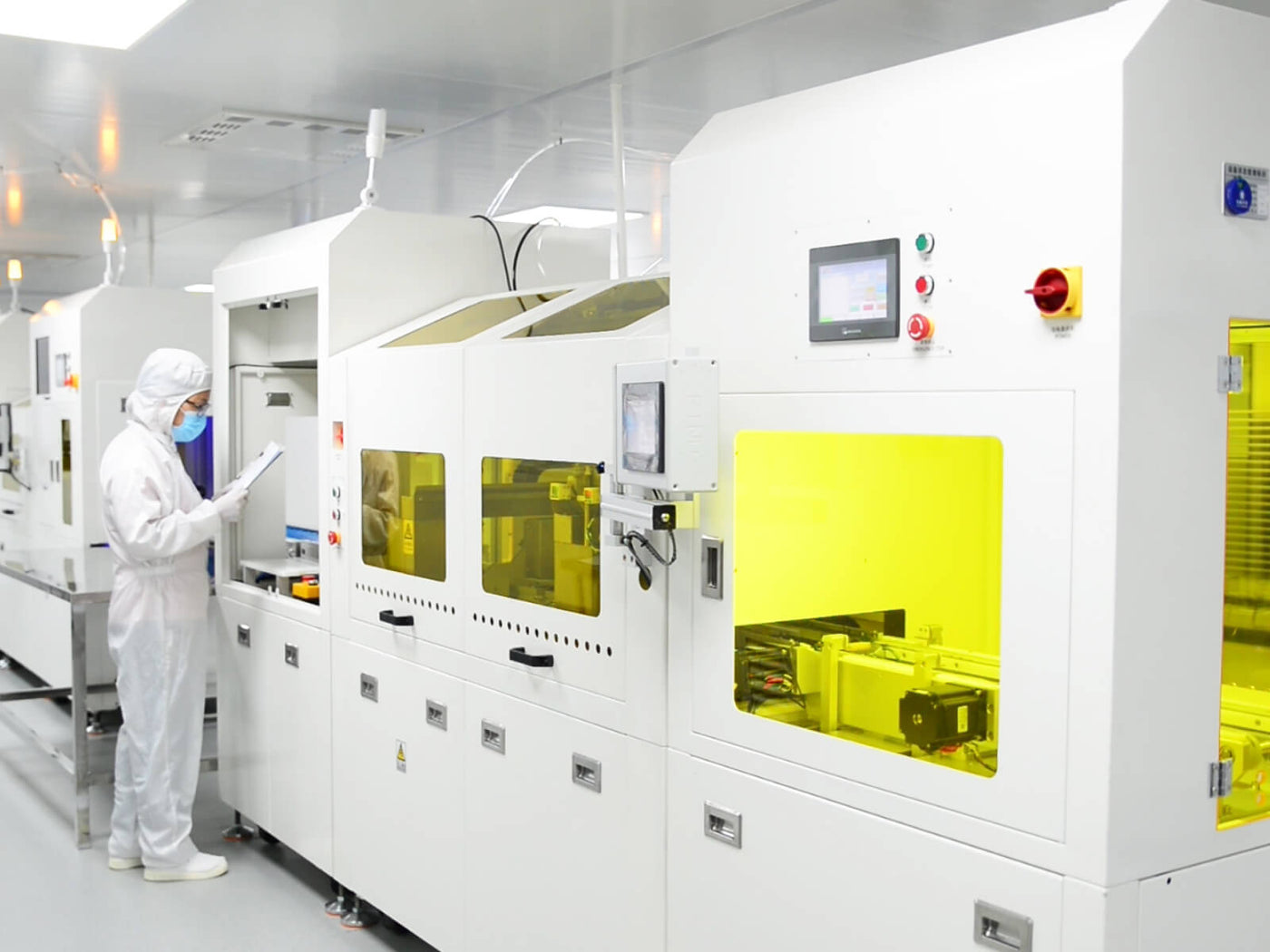In the ever-evolving world of skincare, innovative technologies continue to emerge, promising enhanced results and improved user experiences. One such breakthrough is the development of low temperature microneedles. This article delves into the science behind low temperature microneedles and their benefits for skincare, offering a comprehensive understanding of this cutting-edge technology.

The Science Behind Low Temperature Microneedles
Low temperature microneedles are a revolutionary advancement in dermatological treatments. Unlike traditional microneedles, which are often fabricated at high temperatures, low temperature microneedles are produced using a specialized process that maintains a cooler environment. This method preserves the integrity of the active ingredients embedded within the microneedles, ensuring their efficacy upon application.
The production process involves the use of biocompatible materials, which are carefully selected to avoid any adverse reactions on the skin. These materials are then molded into microneedles at low temperatures, allowing for the incorporation of sensitive compounds such as peptides, vitamins, and other bioactive molecules. This meticulous approach ensures that the microneedles remain stable and effective, providing maximum benefits to the skin.
Enhanced Delivery of Active Ingredients
One of the primary advantages of low temperature microneedles is their ability to enhance the delivery of active ingredients into the skin. Traditional topical applications often struggle to penetrate the skin's outer barrier, limiting their effectiveness. However, microneedles create microchannels in the skin, allowing for deeper and more efficient delivery of active compounds.
For instance, peptides, which are known for their anti-aging properties, can be effectively delivered using low temperature microneedles. These microchannels facilitate the direct transport of peptides into the dermal layers, where they can stimulate collagen production and improve skin elasticity. Similarly, vitamins such as Vitamin C can be delivered more effectively, promoting skin brightening and reducing the appearance of fine lines and wrinkles.
Minimized Skin Irritation and Discomfort
Another significant benefit of low temperature microneedles is the minimized skin irritation and discomfort associated with their use. Traditional microneedling procedures can sometimes cause redness, swelling, and pain, deterring individuals from seeking such treatments. However, the low temperature production process results in microneedles that are gentler on the skin.
By maintaining a cooler environment during fabrication, the microneedles are less likely to cause thermal damage or provoke inflammatory responses. This makes them suitable for individuals with sensitive skin or those prone to irritation. The reduced discomfort also encourages more frequent use, allowing users to achieve optimal skincare results over time.
Applications and Future Prospects
The applications of low temperature microneedles extend beyond traditional skincare treatments. Researchers are exploring their potential in various fields, including drug delivery and vaccination. The ability to incorporate a wide range of active ingredients opens up possibilities for personalized skincare solutions tailored to individual needs.
Moreover, ongoing advancements in microneedle technology continue to push the boundaries of what is possible. Innovations such as dissolvable microneedles and smart microneedles equipped with sensors are being developed, promising even greater precision and efficacy in skincare treatments. As the science behind low temperature microneedles evolves, we can expect to see more groundbreaking applications and benefits in the near future.
Conclusion
In conclusion, the science behind low temperature microneedles and their benefits for skincare represents a significant leap forward in dermatological treatments. By preserving the integrity of active ingredients and enhancing their delivery, these microneedles offer a more effective and comfortable solution for various skincare concerns. As research and development continue, the future of low temperature microneedles holds immense promise, paving the way for innovative and personalized skincare solutions.




